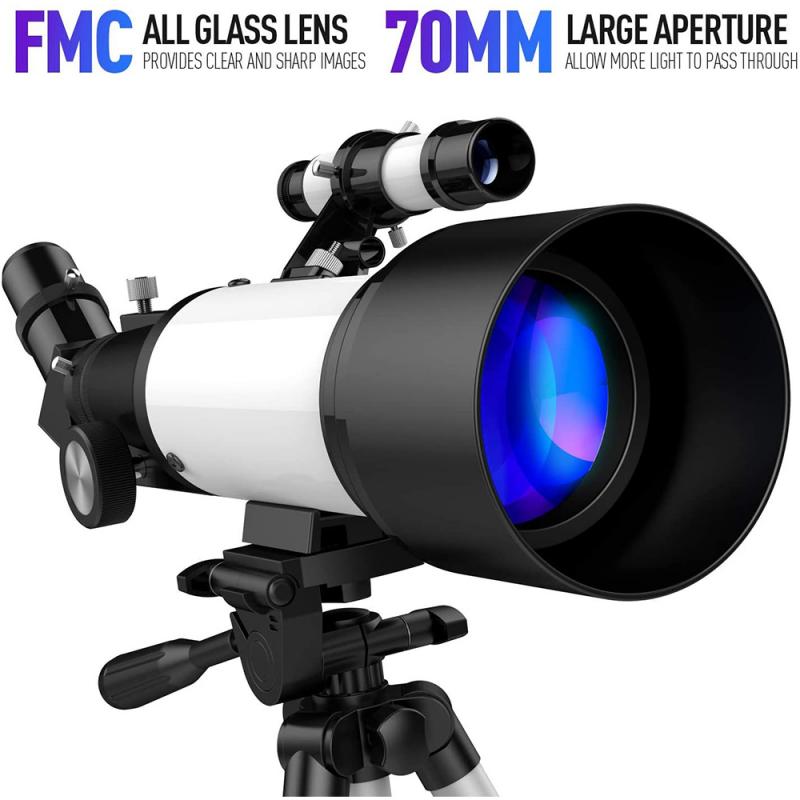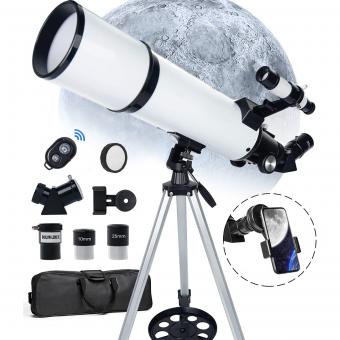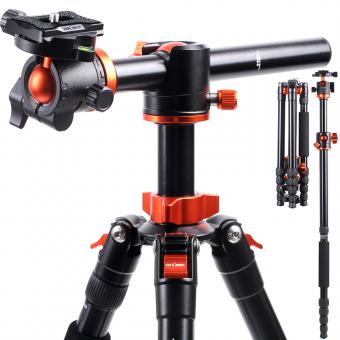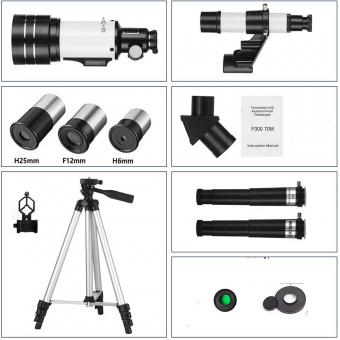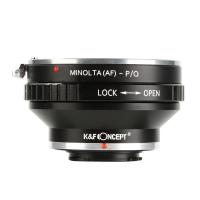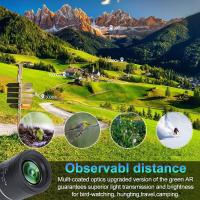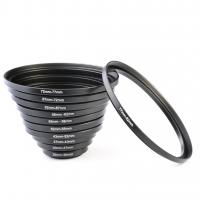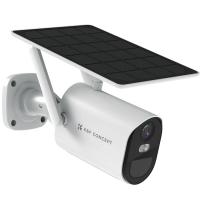What Can I See With 70mm Telescope ?
With a 70mm telescope, you can observe a variety of celestial objects. You will be able to see the Moon in great detail, including its craters, mountains, and other surface features. You can also observe the planets in our solar system, such as Jupiter and its moons, Saturn and its rings, Mars, and Venus. Additionally, you can observe bright star clusters, nebulae, and even some galaxies. However, it's important to note that the level of detail and clarity will not be as high as with larger telescopes.
1、 Lunar Craters and Mountains
With a 70mm telescope, you can observe a variety of celestial objects, including the Moon. When observing the Moon with this telescope, you will be able to see a wealth of detail on its surface, such as lunar craters and mountains.
Lunar craters are one of the most prominent features visible through a 70mm telescope. These impact craters are formed by the collision of asteroids or comets with the Moon's surface. Some of the well-known craters you can observe include Tycho, Copernicus, and Plato. These craters vary in size and depth, and through the telescope, you can see their distinct shapes and the central peaks within them.
In addition to craters, you can also observe lunar mountains with a 70mm telescope. The Moon is home to several mountain ranges, such as the Apennine Mountains and the Montes Alpes. These mountains can reach impressive heights, with peaks rising up to several kilometers above the lunar surface. Through the telescope, you can see the rugged terrain and the shadows cast by these mountains, providing a sense of depth and scale.
It's worth noting that the view through a 70mm telescope may not be as detailed as with larger telescopes, but it still offers a rewarding experience. The latest point of view is that advancements in telescope technology, such as improved optics and image processing, have enhanced the clarity and resolution of lunar observations. This means that even with a smaller telescope like the 70mm, you can still appreciate the intricate features of lunar craters and mountains.
Overall, observing the Moon with a 70mm telescope allows you to explore the fascinating lunar landscape, revealing the beauty and complexity of its craters and mountains.

2、 Planetary Features (e.g., Jupiter's Moons, Saturn's Rings)
With a 70mm telescope, you can observe a variety of planetary features, including Jupiter's moons and Saturn's rings. Jupiter, the largest planet in our solar system, is known for its four largest moons: Io, Europa, Ganymede, and Callisto. These moons are easily visible through a 70mm telescope and can be seen as small points of light orbiting around Jupiter.
Saturn, the second-largest planet, is famous for its magnificent ring system. While a 70mm telescope may not provide the same level of detail as larger telescopes, you can still observe Saturn's rings as a distinct feature around the planet. The rings appear as a thin, flat disk that surrounds Saturn, adding to its beauty and uniqueness.
It's important to note that the level of detail you can see with a 70mm telescope may vary depending on factors such as atmospheric conditions and light pollution. However, with good viewing conditions, you should be able to observe these planetary features with relative clarity.
It's worth mentioning that the latest point of view regarding these planetary features may come from ongoing scientific research and space missions. For example, recent missions like NASA's Juno spacecraft have provided new insights into Jupiter's moons, revealing their complex geology and potential for hosting life. Similarly, the Cassini mission provided detailed images and data about Saturn's rings, shedding light on their composition and dynamics.
In conclusion, a 70mm telescope allows you to observe planetary features such as Jupiter's moons and Saturn's rings. While it may not provide the same level of detail as larger telescopes, it still offers a fascinating glimpse into the wonders of our solar system.
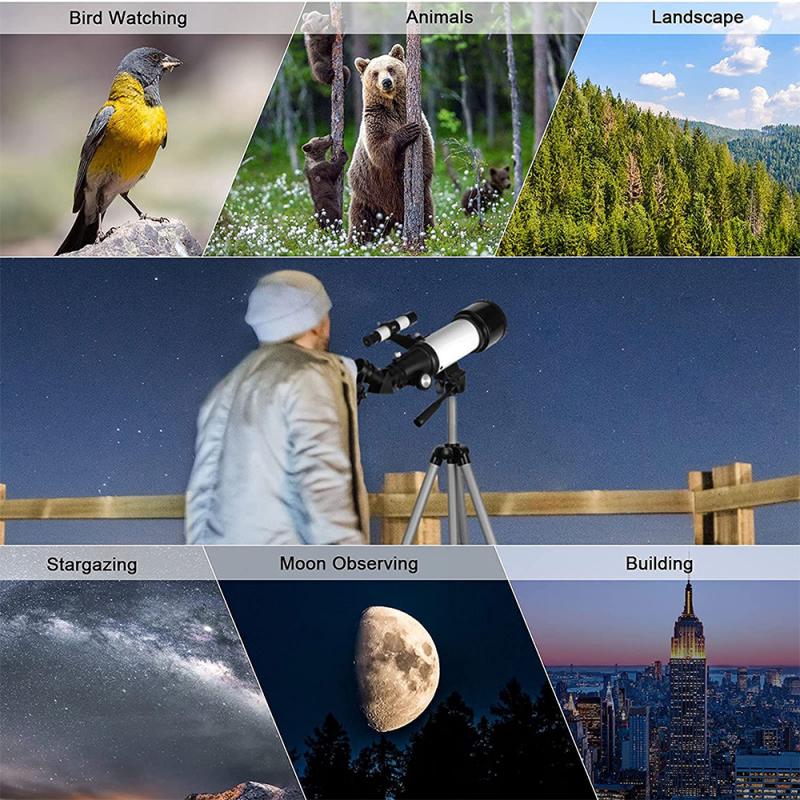
3、 Bright Deep-Sky Objects (e.g., Orion Nebula, Andromeda Galaxy)
With a 70mm telescope, you can observe a variety of celestial objects, including both bright and faint deep-sky objects. One of the most popular targets for amateur astronomers is the Orion Nebula (M42), located in the constellation of Orion. This nebula is easily visible with a 70mm telescope and appears as a bright, glowing cloud of gas and dust, with hints of color and intricate details.
Another impressive object that can be observed with a 70mm telescope is the Andromeda Galaxy (M31). This is the closest spiral galaxy to our Milky Way and can be seen as a faint, elongated smudge of light. With careful observation, you may even be able to spot its satellite galaxies, M32 and M110.
Other bright deep-sky objects that can be observed include the Pleiades star cluster (M45), which appears as a group of bright stars surrounded by a faint haze, and the Beehive Cluster (M44), a large open cluster of stars in the constellation of Cancer.
It's important to note that the visibility and level of detail you can see with a 70mm telescope may vary depending on factors such as light pollution, atmospheric conditions, and the quality of your telescope. However, with proper dark-sky conditions and patience, you can still enjoy stunning views of these objects.
It's worth mentioning that advancements in technology and telescope design have made larger aperture telescopes more accessible and affordable. A larger aperture telescope, such as an 8-inch or 10-inch, would provide even more impressive views of these objects, revealing finer details and allowing you to explore a wider range of deep-sky objects.
In conclusion, a 70mm telescope is capable of providing enjoyable views of bright deep-sky objects such as the Orion Nebula and Andromeda Galaxy. However, for those seeking more detailed and immersive observations, upgrading to a larger aperture telescope would be beneficial.
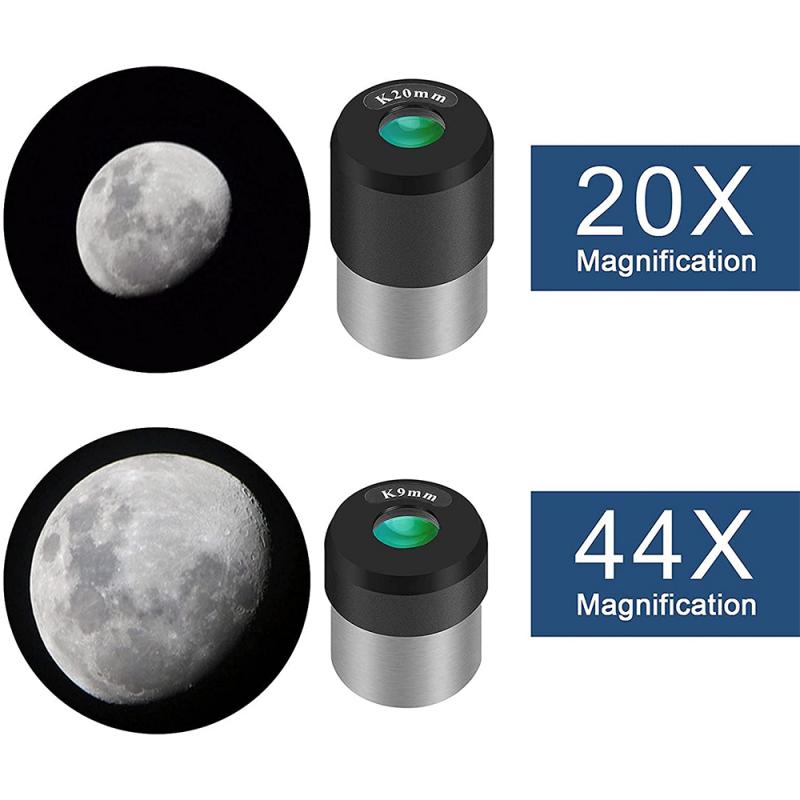
4、 Double Stars and Star Clusters
With a 70mm telescope, you can observe a variety of celestial objects, including double stars and star clusters. Double stars are pairs of stars that appear close together in the sky, and they can be fascinating to observe. Through a 70mm telescope, you can see the two stars in a double star system as distinct points of light. Some double stars have contrasting colors, which can be quite striking to observe. Additionally, you may be able to discern if the stars in a double star system are orbiting each other, as their positions relative to one another may change over time.
Star clusters are another interesting target for a 70mm telescope. These are groups of stars that are gravitationally bound together and can be found in various shapes and sizes. With a 70mm telescope, you can observe open star clusters, which are loosely bound and contain a few dozen to a few thousand stars. These clusters often appear as a concentrated group of stars against the background sky.
It's important to note that the capabilities of a 70mm telescope may be limited compared to larger telescopes. However, advancements in technology have allowed for improvements in optics and image quality, making it possible to observe these objects with greater detail and clarity. Additionally, the use of filters can enhance the visibility of certain features, such as the colors of double stars.
In conclusion, a 70mm telescope can provide enjoyable views of double stars and star clusters. While it may not offer the same level of detail as larger telescopes, it can still provide a rewarding observing experience, allowing you to appreciate the beauty and diversity of celestial objects in our universe.
